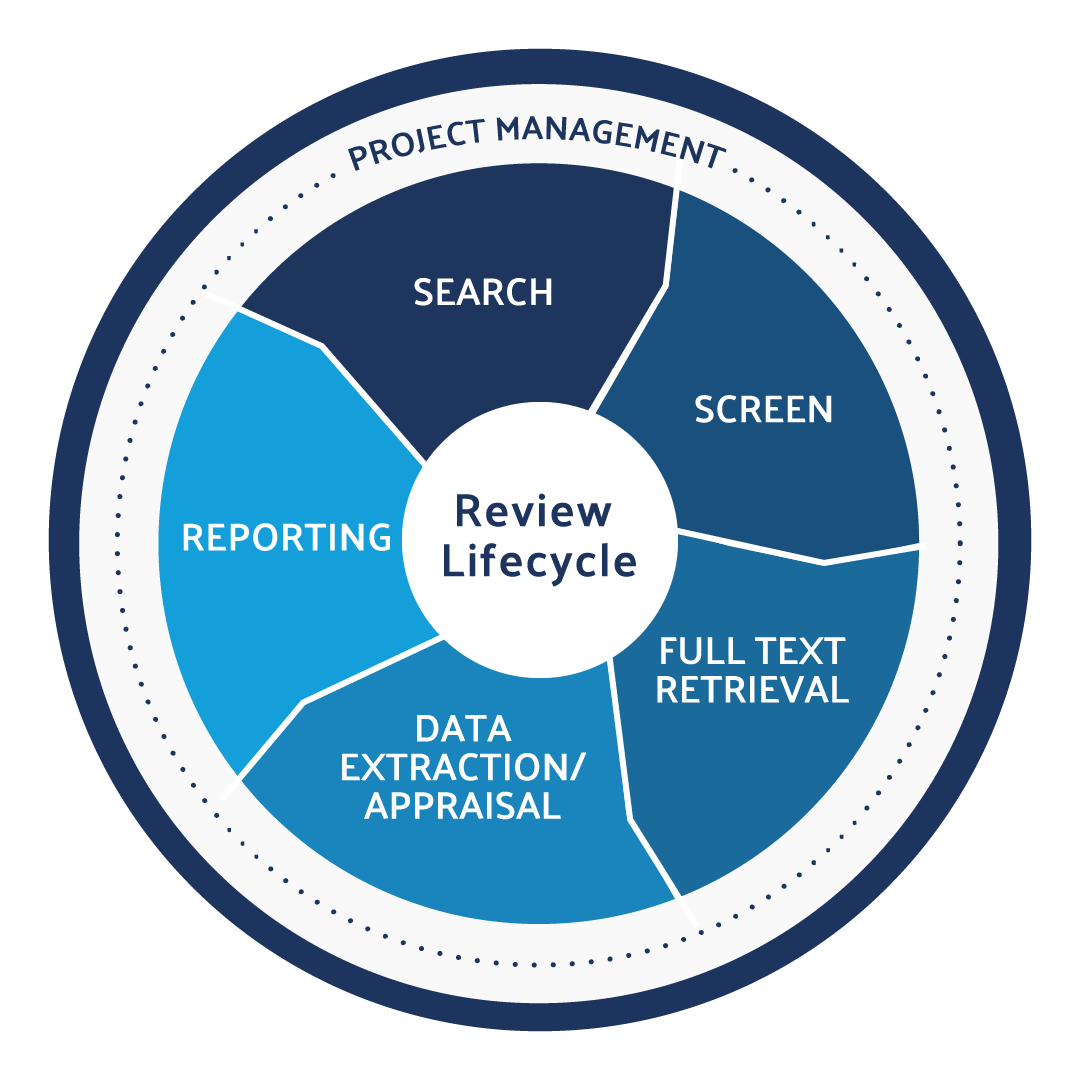Periodic Safety Update Report Format


Use DistillerSR to produce CER and PER literature reviews in an efficient, audit-ready, and compliant way.
The European Union Medical Device Regulation (EU) 2017/745, known as MDR, has brought changes to the European regulations for medical devices. These changes include the addition of more extensive post-market surveillance (PMS) and vigilance requirements. These requirements give medical device manufacturers and pharmaceutical companies a more prominent role in ensuring that their products are safe.
One of the latest PMS roles given to pharmaceutical companies and medical device manufacturers is the preparation of the Periodic Safety Update Report (PSUR). This report is an important aspect of post-market surveillance regulation that every manufacturer in this field must comply with.
Compliance expectations include getting the periodic safety update report format right. Therefore, you need to find the right post-market surveillance guidance and learn important aspects of the PSUR, including the correct format. This article will help you comply with the new regulations by outlining the correct PSUR format for you.
What Is a Periodic Safety Update Report?
A periodic safety update report, outlined in Article 86 of the MDR, is a post-market surveillance report that every medical device manufacturer is expected to compile and submit periodically to their Notified Body (NB). It’s a summary of your post-market surveillance activities, including a continuous assessment of risk-benefit of the device in the market. You’re required to include a description and rationale for your actions in the PSUR if you take any corrective or preventive action (CAPA).
The PSUR is different from the Post-Market Clinical Follow-up (PMCF) report, which summarizes the findings of all post-market clinical follow-up activities done in relation to a medical device. So, even as you learn about the PSUR format, it’s also important to understand the difference between PSUR and PMCF reports.
To understand the difference, it’s important to learn what a PMCF study is, why a PMCF report is necessary, and what a PMCF for a medical device is.
The PSUR is an essential report in every device’s technical documentation, and it must be updated throughout the device’s lifespan. The PSUR can be updated either annually or every two years. You have to submit this report to a Notified Body initially during the conformity assessment audit of your device, and then continue updating it regularly.
The PSUR is necessary for standard and high-risk devices. This comprises medical devices classified as IIA, IIB, and III under the MDR, along with implantable devices. It’s also necessary for IVDs in Class C or D under IVDR. For Class IIa devices, this report should be updated biennially. For Class III and IIB devices and Class C and D in-vitro diagnostics, you must submit your PSUR annually. For implantable and Class III devices and Class D in-vitro diagnostics, your PSUR should be submitted through EUDAMED as stipulated in article 86(2) of MDR and Article 81(2) of IVDR.
Key Components of a Periodic Safety Update Report
As noted above, the PSUR follows a specific format and must include specific elements. It is recommended that the industry guideline MDCG 2022-21 is consulted when creating a PSUR, to ensure proper formatting and content. At the bare minimum, your PSUR should have the following components:
- Post-market surveillance information
- Conclusions of the benefit-risk analysis
- A description of CAPAs and their rationale
- Your post-market clinical follow-up findings
- Number of sales made and an estimate of the current user population
- The frequency of usage (if possible)
- A study and summary of the above-listed data
The final study and summary of the data you’ve included in your PSUR are important because the report is designed to offer a clear analysis of the post-market surveillance data you’ve collected keenly over time. It’s an expressive, intermittently updated report meant to help regulators and internal investors appreciate the safety and effectiveness of your medical devices throughout their life cycles.
You can now find downloadable PSUR templates designed to help you structure your report professionally. Remember that the regulators and stakeholders expect manufacturers to submit a logical, well-structured report that outlines all your post-market surveillance activities. With these templates, you’ll simply key in the required data in every section following the standard format.
Learn More About DistillerSR
(Article continues below)
In Conclusion
A periodic safety update report is the appraisal of your medical device’s post-market surveillance information that is submitted to regulators either annually or after every two years, depending on the class of the device. This report must follow a specific format to make it logical.








